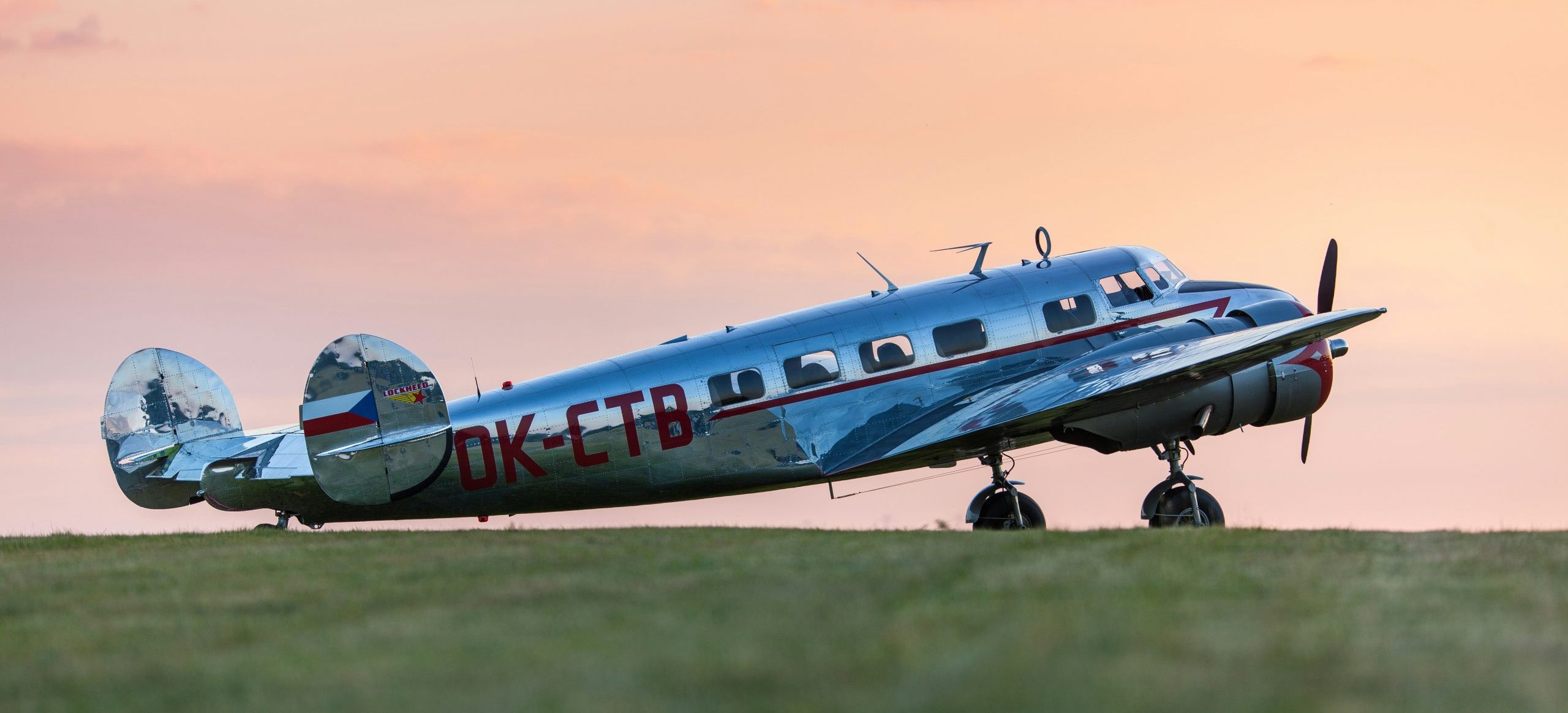Introduction: In the realm of aviation, where safety and reliability are paramount, aircraft hydraulic systems serve as the lifeline that powers critical flight control surfaces, landing gear, and other essential components. These systems harness the power of hydraulic fluid to transmit force and motion, enabling precise control and maneuverability in flight. In this article, we embark on an exploration of aircraft hydraulic systems, uncovering their inner workings, key components, and the crucial role they play in ensuring the safe operation of aircraft.
Understanding Aircraft Hydraulic Systems: Aircraft hydraulic systems are a type of fluid power system that uses hydraulic fluid to transmit force and motion. These systems are widely used in aviation due to their ability to provide high power density, precise control, and reliable operation. The primary function of aircraft hydraulic systems is to actuate various aircraft systems and components, including flight control surfaces, landing gear, brakes, and cargo doors.
Key Components of Aircraft Hydraulic Systems: Aircraft hydraulic systems consist of several key components, each playing a specific role in the operation and functionality of the system:
- Hydraulic Fluid: Hydraulic fluid serves as the medium for transmitting force and motion within the hydraulic system. It must possess properties such as high viscosity, low compressibility, and resistance to temperature extremes to ensure reliable performance in aviation applications.
- Reservoir: The reservoir stores hydraulic fluid and provides a source of fluid for the system. It also serves to remove air and contaminants from the fluid to maintain system cleanliness and performance.
- Pump: The pump pressurizes the hydraulic fluid and circulates it through the system. Hydraulic pumps may be driven by engine power, electric motors, or other means and are typically of the positive displacement type, such as gear pumps, vane pumps, or piston pumps.
- Actuators: Actuators are hydraulic devices that convert hydraulic pressure into mechanical force or motion. They are used to actuate various aircraft systems and components, such as hydraulic cylinders for extending and retracting landing gear or hydraulic motors for operating flight control surfaces.
- Valves: Valves control the flow of hydraulic fluid within the system, regulating pressure, direction, and volume as needed. Types of hydraulic valves include relief valves, check valves, directional control valves, and proportional valves.
- Filters: Filters remove contaminants and debris from the hydraulic fluid to prevent damage to system components and maintain fluid cleanliness. Filters may be located at various points within the hydraulic system, including in the reservoir, pump inlet, and hydraulic lines.
Operation of Aircraft Hydraulic Systems: The operation of aircraft hydraulic systems involves the following basic principles:
- Fluid Pressure: Hydraulic pumps pressurize the hydraulic fluid, creating hydraulic pressure within the system. This pressure is transmitted through hydraulic lines to actuators, which convert it into mechanical force or motion.
- Control of Fluid Flow: Valves control the flow of hydraulic fluid within the system, directing it to the desired actuators and regulating pressure and volume as needed.
- Actuation of Aircraft Systems: Actuators receive hydraulic pressure from the system and use it to actuate various aircraft systems and components, such as extending and retracting landing gear, deploying flaps, or operating flight control surfaces.
Benefits of Aircraft Hydraulic Systems: Aircraft hydraulic systems offer several key benefits that make them well-suited for aviation applications:
- High Power Density: Hydraulic systems can deliver high levels of power and force relative to their size and weight, making them ideal for applications where space and weight are limited, such as aircraft.
- Precise Control: Hydraulic systems provide precise control over the operation of aircraft systems and components, allowing pilots to make fine adjustments to flight control surfaces and landing gear position.
- Reliable Operation: Hydraulic systems are known for their reliability and durability, with many aircraft hydraulic components designed to withstand harsh operating conditions and extended service life.
Conclusion: In conclusion, aircraft hydraulic systems represent a critical component of modern aviation, providing the power, control, and reliability needed to operate essential aircraft systems and components. From controlling flight surfaces to extending landing gear, hydraulic systems play a crucial role in ensuring the safe and efficient operation of aircraft. As aviation technology continues to advance, hydraulic systems will remain at the forefront of innovation, driving the next generation of aircraft to new levels of performance and capability.

